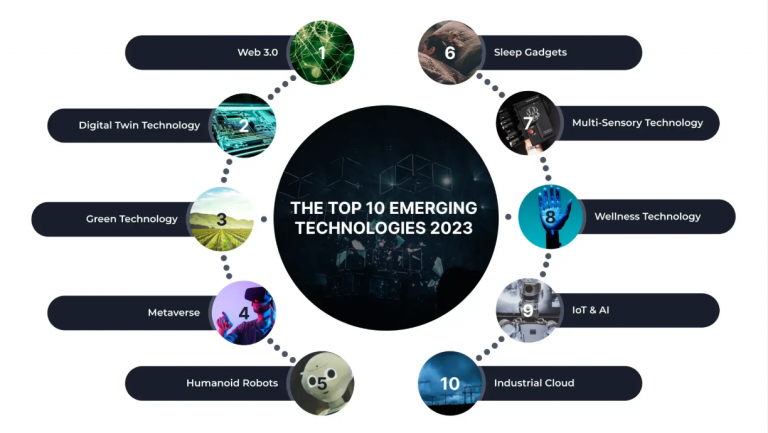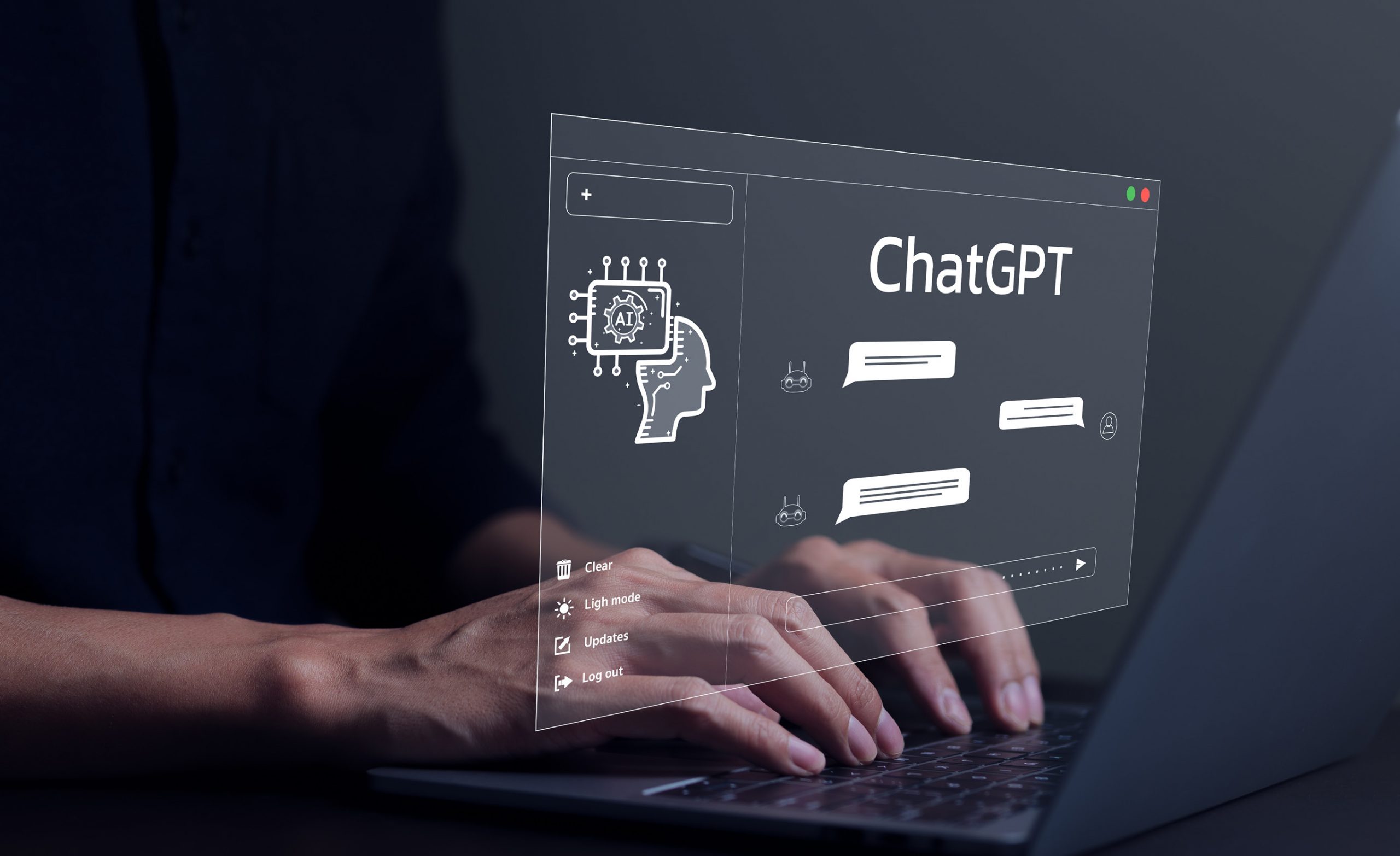Introduction
The landscape of artificial intelligence (AI) is evolving at a rapid pace, with generative pre-trained transformers (GPT) at the forefront of these advancements. As foundational models like OpenAI’s GPT-4 continue to demonstrate groundbreaking capabilities in natural language understanding and generation, the potential for GPT technology is vast. This analysis explores the future of GPT by examining its current trajectory, potential applications across various industries, emerging trends, ethical challenges, and the impact on the workforce and society. As we move forward, the next generation of GPT models is poised to shape how we interact with technology, work, and each other.
The Current State of GPT
GPT models are language models trained using large amounts of text data. Their ability to generate coherent, contextually relevant content has transformed multiple fields, including natural language processing (NLP), healthcare, education, and entertainment. GPT-4, for instance, demonstrated superior capabilities in understanding complex language tasks, surpassing earlier versions in generating creative content, assisting with problem-solving, and engaging in more sophisticated conversations. This progress has laid a strong foundation for the future development of GPT, paving the way for deeper integration into daily life.
The key areas where GPT has already made significant strides include:
- Customer service automation (chatbots and virtual assistants)
- Content generation (writing, translation, summarization)
- Healthcare (medical diagnoses, personalized treatment recommendations)
- Education (personalized tutoring, interactive learning)
As these applications expand, the question of what comes next for GPT is of paramount importance.
Emerging Trends and Technological Advancements

1. Specialized GPT Models
The future of GPT models likely lies in increased specialization. While current GPT models are general-purpose, future iterations will be tailored to specific industries, languages, or applications. These specialized GPTs could outperform general-purpose models by focusing on particular domains such as legal analysis, scientific research, or technical support. This trend is already emerging in industry-specific language models like BioGPT (for the biomedical field).
The benefits of specialization include:
- Greater accuracy in domain-specific tasks
- Improved data efficiency, allowing models to perform well with smaller datasets
- Tailored language use, ensuring context-specific fluency and technical understanding
2. Integration with Multimodal AI
GPT models are currently text-based, but the future of AI will increasingly incorporate multimodal capabilities—integrating text, audio, video, and images. This combination will enhance GPT’s ability to understand and generate content in ways that mimic human cognition. The integration of GPT with AI systems capable of understanding visual data or handling spoken commands will lead to more interactive and immersive experiences, such as virtual assistants capable of processing visual inputs or creating complex multimedia content.
For example:
- Virtual tutors could teach complex concepts using text, diagrams, and videos
- Healthcare tools might analyze medical images alongside patient descriptions to assist in diagnoses
- Interactive entertainment could blend real-time text, voice, and visuals for hyper-realistic virtual experiences
3. Continuous Learning and Adaptation
Future GPT models will likely incorporate mechanisms for continuous learning. Rather than being static after initial training, these models could learn and adapt in real-time, refining their responses based on new data or changing user preferences. This would greatly improve their usefulness in dynamic environments, such as customer service or cybersecurity, where conditions and requirements are constantly evolving.
Key features of continuous learning could include:
- Personalized interactions, where GPTs tailor their behavior to individual users
- Ongoing updates, ensuring models remain relevant in rapidly changing industries (e.g., law, finance)
- Improved longevity, as models remain effective and efficient over longer periods without needing complete retraining
4. AI-Assisted Creativity and Innovation
GPT technology is already proving its value in creative fields, but its role in fostering innovation will expand exponentially in the future. By serving as a tool for ideation and creation, GPTs will help artists, writers, musicians, and entrepreneurs explore new frontiers of creativity. The next-generation models could evolve to co-create with humans in more meaningful ways, moving from simple content generation to truly collaborative projects.
For example:
- Writers could use GPT to generate rough drafts or brainstorm plot ideas
- Musicians might collaborate with AI to compose songs or design novel sounds
- Scientists and engineers could work alongside AI to develop new products, methods, or discoveries
Ethical Considerations and Challenges
1. Bias and Fairness
One of the most significant challenges facing GPT models is the problem of bias. GPTs are trained on vast datasets sourced from the internet, which often contain biases, stereotypes, and misinformation. As these models become more integrated into decision-making processes (e.g., in hiring, law, or medicine), ensuring fairness and reducing biases becomes crucial. Future GPT models will need to incorporate more robust mechanisms for bias detection and mitigation, possibly through improved dataset curation or model architecture innovations.
2. Data Privacy and Security
As GPT models become more ubiquitous, they will handle increasing amounts of sensitive and personal data. Ensuring that these systems are secure and privacy-conscious will be a major priority moving forward. The future of GPT will likely include more stringent data encryption techniques, as well as methods to anonymize or secure user interactions without compromising functionality. Additionally, developers will need to focus on safeguarding models from malicious attacks, such as adversarial manipulation, where external actors attempt to deceive or exploit the system.
3. Job Displacement and Workforce Transition
While GPTs offer significant productivity gains, they also pose the risk of automating tasks traditionally performed by humans, leading to job displacement in sectors like customer service, content creation, and administrative support. However, the future of GPT technology will not only disrupt certain roles but also create new opportunities. For example, AI-driven tools may require new types of oversight, creative guidance, and human-AI collaboration strategies.
The workforce will need to transition by:
- Upskilling and reskilling programs to prepare employees for roles that involve AI tools
- AI governance roles, where workers manage and supervise AI models in specific tasks
- AI-enhanced professions, such as lawyers or doctors who leverage GPT for research or diagnostics
4. Accountability and Regulation
As GPT models grow in influence, the need for regulation and accountability becomes more pressing. Determining who is responsible when AI models make mistakes—whether in healthcare recommendations or legal judgments—will be critical. Governments and organizations will need to develop frameworks to ensure transparency and accountability in AI systems, including clear guidelines for use, ethical standards, and potential legal ramifications for misuse or harm caused by AI-driven decisions.
The Impact on Society and Culture
1. Human-AI Collaboration
As GPT models become more sophisticated, they will facilitate deeper collaboration between humans and machines. Rather than replacing human creativity, future GPTs will enhance it, allowing people to explore ideas, solve complex problems, and execute projects more efficiently. This symbiosis between human intuition and AI’s computational power has the potential to unlock unprecedented advancements in science, art, and industry.
2. Widening Access to Knowledge
GPT models could democratize access to knowledge by breaking down language barriers and making high-level expertise available to broader audiences. Future iterations might function as universal translators, bridge gaps between specialized fields, and offer education to underserved communities across the globe. This accessibility would foster a more connected, informed, and equitable society.
3. Shaping Cultural Narratives
As GPT models become influential in content creation, they will shape cultural narratives in profound ways. Whether through the generation of news articles, social media content, or entertainment, GPTs will influence public discourse and societal values. However, this also raises concerns about the centralization of information and the potential for AI-generated misinformation, underscoring the need for responsible development.
Conclusion
The future of GPT technology holds immense promise and potential to revolutionize various aspects of life, from work and creativity to education and personal interaction. However, with this promise comes a set of complex challenges that need to be addressed, particularly in terms of ethics, bias, and accountability. As GPT models evolve, their impact will be shaped not only by technical advancements but also by how society navigates the ethical, regulatory, and social implications of this transformative technology.
Read These Too –

